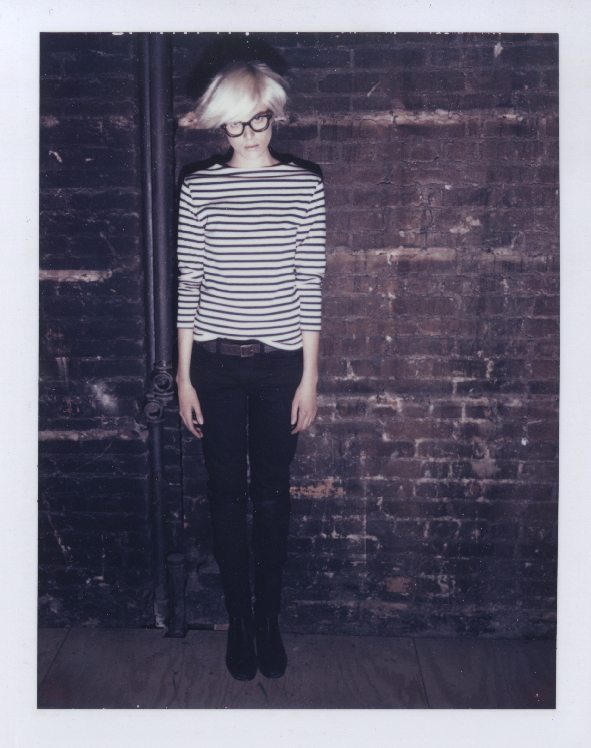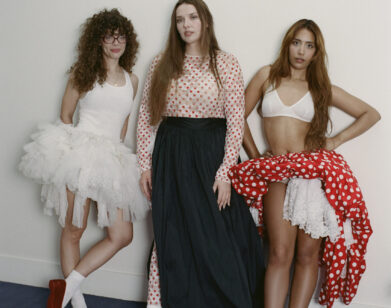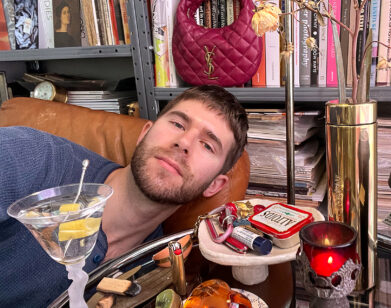Superstar Andy
“It’s easy to be an artist. I’ll teach you how. Don’t you want to be a famous painter? It’s really easy,” Andy Warhol told Ronald Reagan Jr. in 1980 over a lunch of carrot soup and frogs legs.
There are landmarks and there are legends—places that fully, vividly, encapsulate an era like Studio 54, the Chelsea Hotel, and Andy Warhol’s studio, the Factory. If you frequented the Factory in the ’60s, ’70s, and early ’80s, it was easy to be an artist. Perhaps not a famous painter, but a performance artist, a Superstar. “It wasn’t called the Factory for nothing. It was where the assembly-line for the silkscreens happened. While one person was making a silkscreen, somebody else would be filming a screen test. Every day something new,” recalled the Velvet Underground’s John Cale to The Guardian.
Over its three decades, the Factory inhabited four different locations, the first of which was on East 47th street. PhotographerBilly Name painted the space silver with aluminum foil and spray cans and it became the “Silver Factory.” “The original place was really dreary, crumbling concrete with no lighting fixtures or outlets and Andy was doing his silk screening up by the front window,” Name told Interview. It is at the Silver Factory that Warhol and his workers created his silk-screen prints of Marilyn Monroe and brillo boxes and dreamed up his films such as The Chelsea Girls and Empire. Warhol and his friends did not move downtown until 1968.
Inspired by the Silver Factory and its rebellious, subversive, and utterly glamorous family, François Nars has created the Silver Factory Gift Set of pop pink “Desire” blush; black eyeliner; nude lipstick; aluminum highlighter; bright purple, silver, and matte black eye shadow; and a blush brush and domed eyeshadow brush to apply it all. The physical Factory might no longer exist, but its New York Superstar legacy still does.







